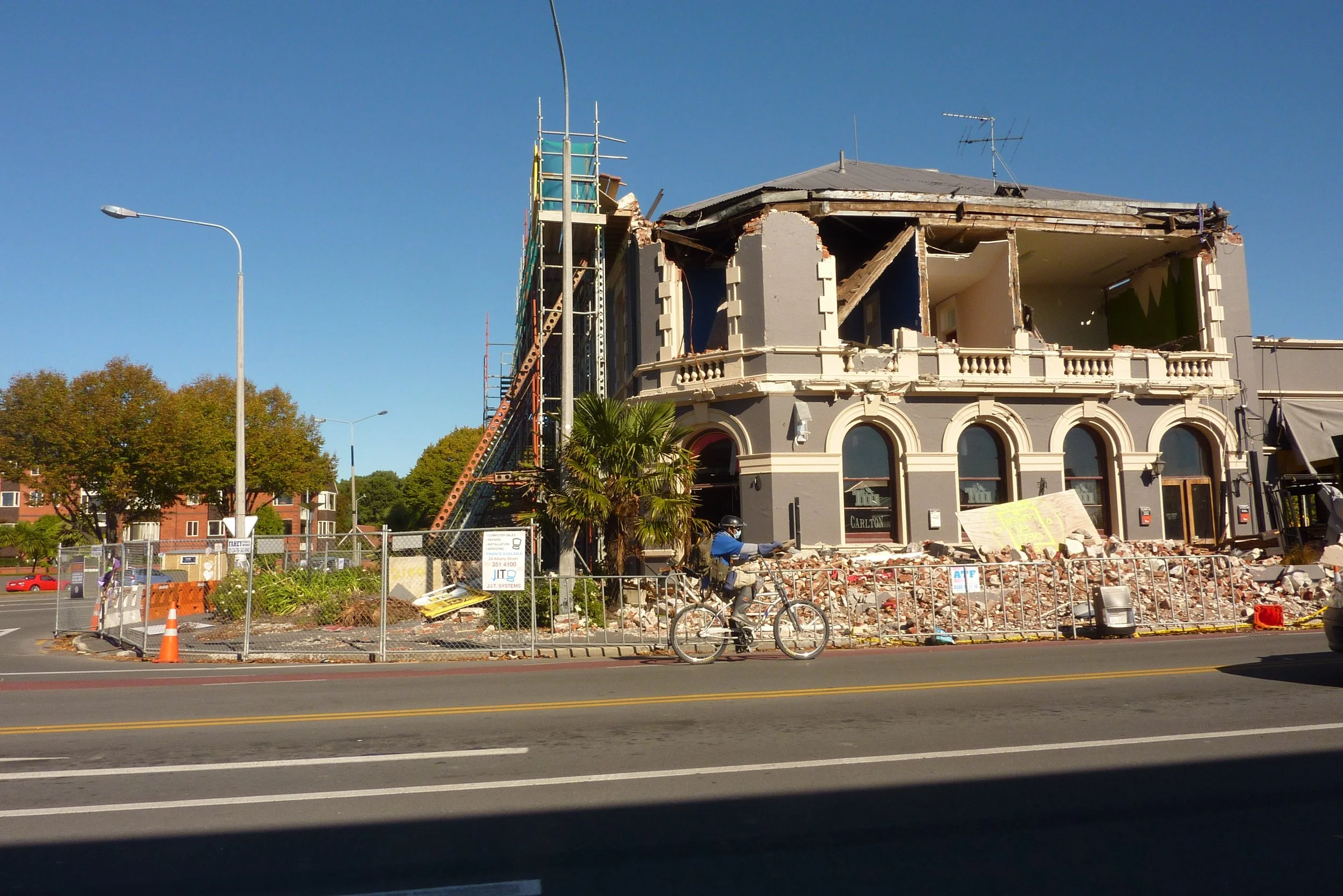Edgecumbe earthquake had more damage than first thought
Edgecumbe - Research using innovative techniques found the 1987 Edgecumbe earthquake caused more land damage than initially thought, after comparing aerial photos of the landscape before and after the event.
Funded by Toka Tū Ake EQC, PhD student Jaime Delano from the University of Canterbury is undertaking research using old photographs to create 3D models of the earth surface before and after the earthquake. She hopes this method will help scientists better predict damage from future earthquakes.
Knowing what to expect will help the researchers prepare and the things they learn about older earthquakes gets tied into the new hazard models, which helps predict the effect of earthquakes on the land, she says.
“Estimating how much the ground will move is tied with how big the earthquake is, either in magnitude or how long the rupture might be. It has a real impact to how we adapt to living with these hazards, because there’s a big difference between knowing the ground will move a few metres compared to 16 metres.”
The magnitude 6.5 shallow earthquake caused significant damage in the Bay of Plenty region, severely damaging buildings, distorting railway tracks and injuring 25 people.
Delano used aerial photos from the Land Information New Zealand (LINZ) website to create a 3D model of the surface before and after the earthquake.
This meant she was able to measure how much the ground moved and identify further land damage which was missed by researchers in 1987, showing that the earthquake caused larger movements and longer fault ruptures than was recorded at the time.
Dr Natalie Balfour, head of research at Toka Tū Ake EQC, believes this research is valuable for capturing all the learnings from past events so we can better understand the types of damage to expect from future earthquakes. It’s important to be funding research that improves understanding of natural disasters.
“We’ve come a long way, but we know there’s much more to learn. It’s important to consider what we can also learn from previous events. By looking at photos of past events and using this new technique we can gauge how much damage may be caused from future events. This plays a key part in building a more resilient Aotearoa,” she says.
Delano agrees there is more to learn by revisiting previous natural disasters and how they changed the landscape.
“I was interested in this research because most of the focus on earthquake hazards is from more recent earthquakes, but it’s important to look back with fresh eyes on previous earthquakes because science and technology is changing and improving so quickly.”
Photo: Lloyd Homer and GNS Science: The Edgecumbe earthquake caused large vertical movements and rifting along the fault















Lisa was born in Auckland at the start of the 1970s, living in a small campsite community on the North Shore called Browns Bay. She spent a significant part of her life with her grandparents, often hanging out at the beaches. Lisa has many happy memories from those days at Browns Bay beach, where fish were plentiful on the point and the ocean was rich in seaweed. She played in the water for hours, going home totally “sun-kissed.” “An adorable time to grow up,” Lisa tells me.
Lisa enjoyed many sports; she was a keen tennis player and netballer, playing in the top teams for her age right up until the family moved to Wellington. Lisa was fifteen years old, which unfortunately marked the end of her sporting career. Local teams were well established in Wellington, and her attention was drawn elsewhere.